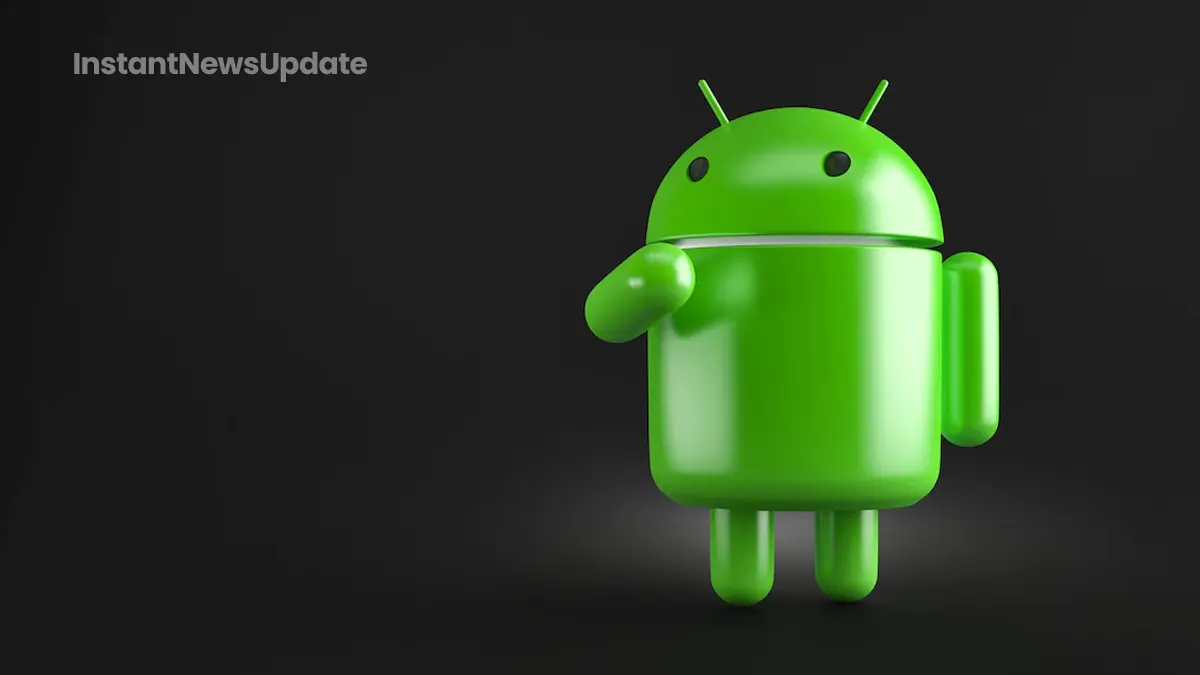In the ever-evolving world of mobile technology and communication, the Beeper app has made waves by offering a solution to a long-standing challenge: bringing iMessage to Android. This move has been met with enthusiasm from those seeking seamless cross-platform messaging, but it also raises valid concerns about privacy and data security.
The Dual-Carrier Dilemma
For individuals like myself, who embrace both iOS and Android devices, the challenge of managing multiple messaging platforms can be frustrating. While Android offers a wealth of messaging apps, the exclusivity of iMessage to Apple devices has long been a limitation. Various workarounds have been attempted, but they often fall short.
Beeper’s Ambitious Vision
Beeper, introduced in 2021 by the creator of Pebble smartwatches, promises to be the all-in-one messaging app for users across 15 different platforms. Notably, it can serve as the default SMS app on Android devices, potentially bridging the gap between iOS and Android messaging.
A Closer Look at Beeper
After gaining access to Beeper, I put it to the test, integrating it into my daily communication routine. I used it for Google Chat, Messenger, Slack, Telegram, RCS, and, crucially, iMessage. Here’s what I found:
Pros of Beeper
- Universal Access: Beeper’s standout feature is its ubiquity. It seamlessly syncs across iPhones, Androids, desktop PCs, MacBooks, and even Chromebooks. This means you can pick up any device and continue your conversations without delay.
- Organizational Features: Despite its comprehensive functionality, Beeper offers organizational tools, such as “Spaces” and a recent chats list, to help users manage their conversations effectively.
Familiar User Experience
The messaging experience within Beeper closely mirrors the corresponding apps, making the transition relatively smooth. You can react to messages, create threads in Slack, and set shortcuts to conversations, all while benefiting from centralization.
The Beeper Waitlist Woes
However, Beeper’s Achilles’ heel lies in its waitlist system. Some users endured year-long waits for their invites, potentially dampening their initial excitement. This delay is attributed to Beeper’s need to bolster its infrastructure to handle the influx of data, especially concerning iMessage.
Privacy Concerns Linger
Privacy is a paramount concern in the digital age, and Beeper’s approach to integrating iMessage raises eyebrows. While it assures users of “zero-access encryption,” the process of routing iMessages through Beeper’s servers poses questions about data security.
The iMessage Dilemma
Specifically concerning iMessage, Beeper states that messages are processed and encrypted on Mac servers before being forwarded to Beeper servers. The reverse process occurs when sending iMessages via Beeper. The ambiguity surrounding the security of data on these servers leaves users in a precarious position.
Exploring Alternatives
There is an option to set up an “iMessage Bridge” for Beeper, allowing users to bypass the server-based approach. However, this path remains uncharted territory for many.
The Road Ahead
As I continue to navigate the Beeper landscape, I look forward to potential improvements and greater clarity regarding data security. While Beeper presents a commendable effort, the dream of seamless iMessage integration on Android would ideally come from Apple itself.
In the interim, Beeper serves as a functional solution, albeit with its quirks. For now, it remains a practical choice for those seeking a unified messaging experience across platforms. However, the ultimate verdict on its long-term viability hinges on addressing privacy concerns and improving the user experience.
As I conclude my Beeper experiment, I also hold hope for future developments in the mobile industry, possibly driven by regulatory pressure, that could make cross-platform messaging a universally accessible reality.









